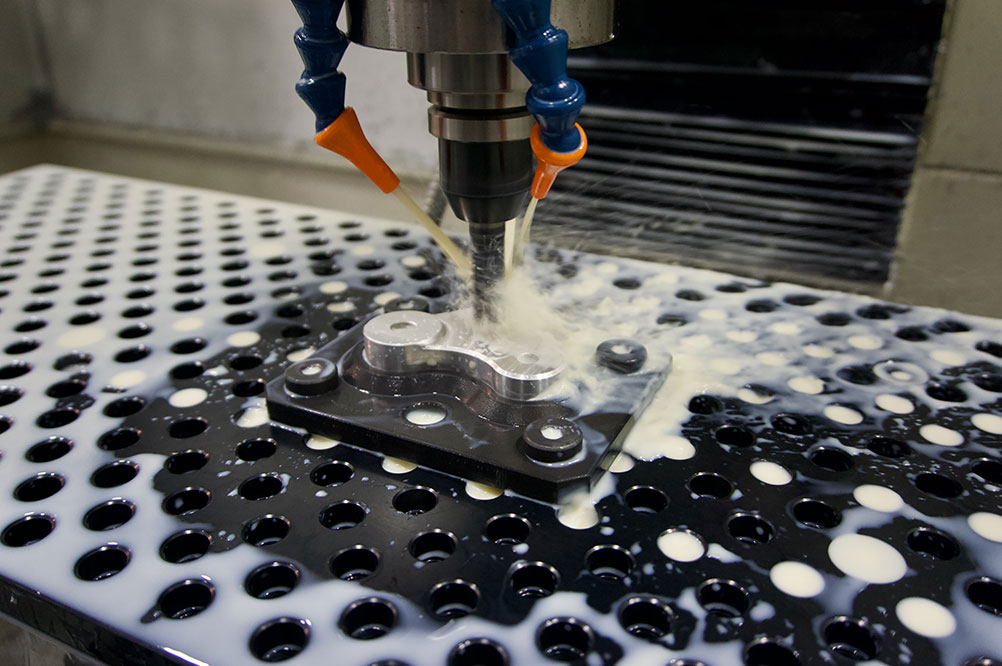Authors Gilles Roucolle and Marc Boilard from Forbes deliver a report on the 3D printing spare parts supply chain more specifically that the additive manufacturing industry has started to impact the spare parts industry in a way that could change how we manufacture and distribute spare parts for the foreseeable future. Here is a snippet of the full article, which you can find here.
Using models built through computer-aided design (CAD), 3D printing can produce virtually any solid object, even those with complex architectures, and in a range of materials, including plastic, ceramic, and metal. Currently, about half of 3D printing — also known as additive manufacturing — is used for prototyping. This saves manufacturers time and money, because they can develop new components or products on-demand, with less waste and without expensive tools and molds. Industry analysts, however, project that within three years fully 80 percent of global 3D printing capacity will be dedicated to making finished products. GE, for example, expects to print 40,000 jet-fuel nozzles for aircraft by 2020.



